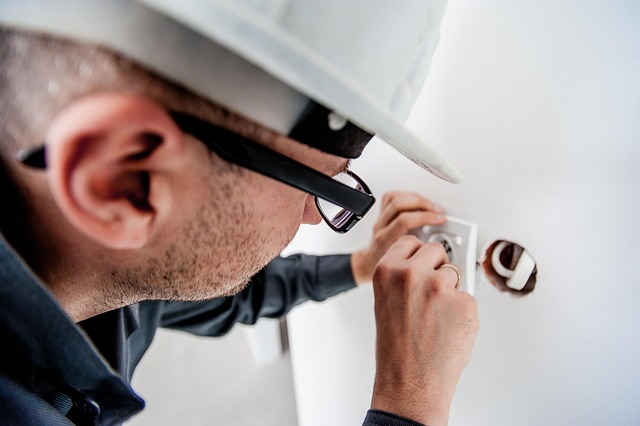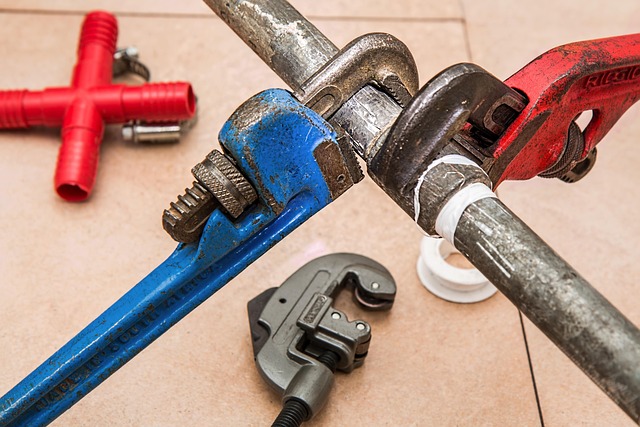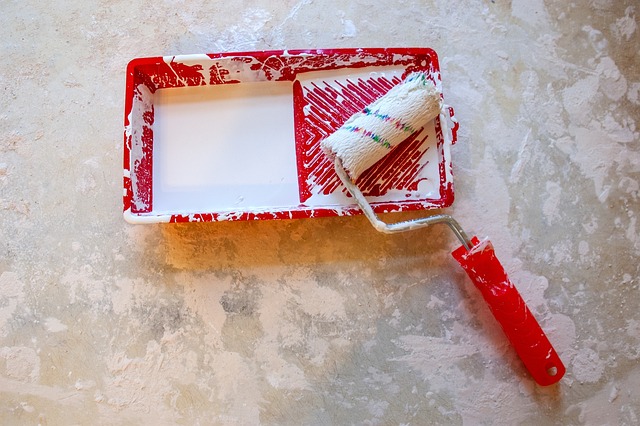Crack repair in concrete slabs is crucial for maintaining structural integrity and aesthetics. Evaluating crack severity determines the repair method, from minor fissure sealing with epoxy to substantial slab replacement. Prompt action on cracks, regular maintenance like cleaning and sealing, and professional intervention for severe damage extend concrete slab lifespans. Key SEO keyword: Crack Repair.
Concrete slabs, often the unsung heroes of our urban landscapes, can suffer from damage over time, leaving behind cracks that mar their once smooth surface. This article delves into the world of concrete slab restoration, equipping readers with a comprehensive understanding of common crack causes and effective repair techniques. We guide you through assessing damage, choosing the right materials, and provide a step-by-step approach to crack repair. Learn best practices for lasting results and know when professional help is essential for severe cases of crack repair.
Understanding Concrete Slab Damage: Common Causes of Cracks

Concrete slabs, a staple in many structures, can suffer from various forms of damage, with cracks being one of the most prevalent issues. Understanding the causes behind these cracks is essential for effective crack repair and preventing further deterioration. Common causes include movement and settlement of the underlying soil, which can result from improper compaction or changes in moisture levels. Another significant factor is age; as concrete slabs age, they become more susceptible to cracking due to natural wear and tear. Environmental conditions like extreme temperatures and frost heaving can also contribute, leading to cracks that may appear sudden but are often the result of gradual processes.
Different types of damage call for distinct repair methods. For minor cracks, a simple resin injection or filling might suffice. However, wider or deeper cracks may require more intensive solutions, such as carbon fiber reinforcement or complete slab replacement. Prompt identification and appropriate crack repair techniques are vital to maintain structural integrity and prevent further damage that could compromise the stability of buildings and other structures.
Assess the Extent of Crack Repair Needed

When it comes to concrete slab restoration, assessing the extent of crack repair needed is a crucial step. Start by visually inspecting the slab to identify the type and severity of cracks. Look for both surface-level hairline fractures and deeper, more extensive breaks. Measuring and documenting these cracks will help guide your repair strategy.
Consider factors like the width, length, and depth of each crack, as well as their proximity to edges or structural supports. This thorough evaluation ensures that you match the appropriate crack repair method—whether it’s filling minor fissures with a polymer-based sealant or replacing significant sections with new concrete.
Materials and Techniques for Crack Repair

When restoring a concrete slab, crack repair is a critical step in ensuring structural integrity and aesthetic appeal. The first step involves identifying the type and severity of the cracks, as this determines the appropriate materials and techniques to use. For smaller, non-structural cracks, a simple epoxy injection or filling compound can be effective. These materials fill the gap, preventing further damage and water infiltration.
For larger or more complex cracks, a more sophisticated approach is required. This might include carbon fiber reinforcement, where sheets of carbon fiber fabric are applied over the crack and bonded with an epoxy resin. This method provides exceptional strength and durability, making it ideal for structural repairs. In some cases, deep cracking may necessitate jacking and realigning the slab to restore its original levelness, a process that demands professional equipment and expertise.
Step-by-Step Guide to Fixing Concrete Slabs

Fixing concrete slabs involves a systematic approach, especially for repairing cracks. Here’s your step-by-step guide to achieving a robust and aesthetically pleasing outcome. Begin by assessing the damage and identifying the type of crack (e.g., hairline, wide, diagonal). Next, prepare the area by clearing debris and ensuring proper drainage to prevent water pooling. This is crucial as moisture can hinder adhesion during repairs.
For crack repair, start by chiselling out any loose concrete around the crack using a hammer and chisel. Once clean, use a concrete patching compound or epoxy, depending on the crack’s severity. Apply the material with a trowel, filling the crack completely. Smooth the surface for an even finish. Let it cure as per the product instructions before applying sealer to prevent future water damage and ensure longevity of the repair.
Best Practices for Long-Lasting Concrete Restoration

When it comes to concrete slab restoration, implementing best practices is crucial for ensuring long-lasting results and maintaining the structural integrity of your surfaces. One of the most critical aspects is addressing cracks promptly. Even minor cracks can widen over time due to environmental factors like extreme temperatures and moisture fluctuations. Regular inspection is key; identify cracks early and assess their severity. For wider or deeper cracks, crack repair should be performed by professionals using suitable epoxy injections or sealants designed for concrete. This method not only fills the gap but also strengthens the slab, preventing further damage.
Additional best practices include regular cleaning to remove dirt and stains, which can weaken the surface over time. Concrete sealing is another vital step; applying a high-quality sealer creates a protective barrier against moisture penetration, which is a primary cause of concrete deterioration. Proper maintenance and timely repairs are essential for extending the life of your concrete slabs, ensuring they remain functional and aesthetically pleasing for years to come.
When to Consider Professional Help for Severe Cases

If your concrete slab has severe damage, such as large cracks or widespread erosion, it may be time to seek professional assistance for effective crack repair. While minor cracks can often be addressed with DIY methods like filling and sealing, more extensive issues require specialized knowledge and equipment. Professional restorers have access to advanced techniques like structural repairs, carbon fiber reinforcement, and epoxy injections, ensuring a lasting fix.
They also understand the underlying causes of concrete damage, from settlement issues to chemical reactions, and can implement preventive measures. For commercial or high-traffic areas, professional restoration is often crucial to maintain safety, prevent further damage, and ensure the structural integrity of the slab for years to come.
